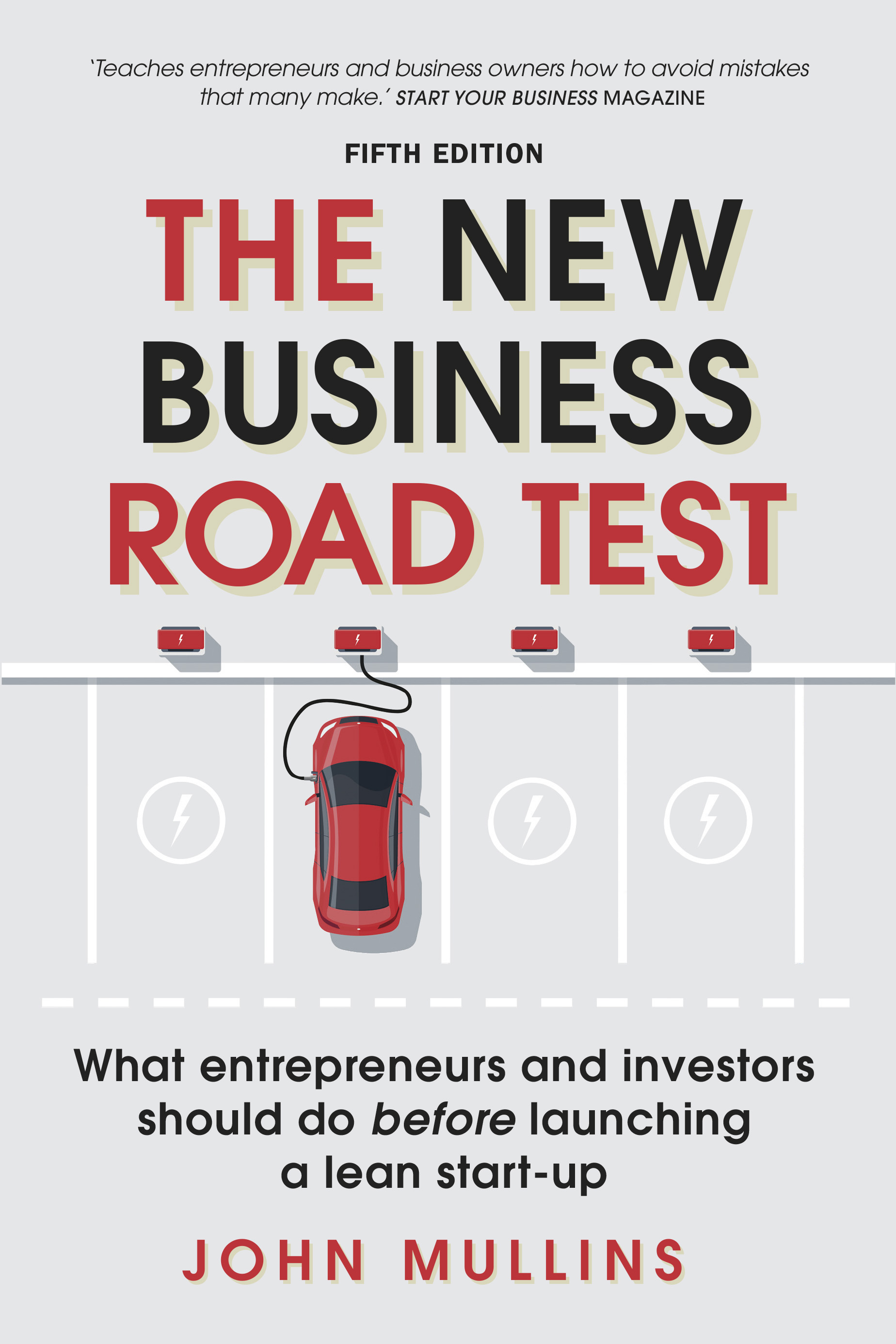Nearly one in 18 adults in the UK - and one in ten in the USA - are actively pursuing entrepreneurial dreams, but for most those dreams remain just that. Are you looking to launch a start-up . . . to make your entrepreneurial venture a reality? John Mullins is the voice of experience and has advice on how to make the most of opportunity to deliver results.
Planning is important. But results are what count, as every data-driven marketer knows. What gets measured gets done. And who delivers the results? Entrepreneurs. Entrepreneurs like you can change the world. Why, then, is there so much fascination with business plans (and pitches and canvasses and all the rest) in today’s entrepreneurship community? Why do investors ask to see them? Why are there software packages to automate the business planning process? Why do so many accelerators focus on pitching again and again?
The entrepreneurial venture: problem and solution
Unfortunately, it is clear that the vast majority of business plans raise no money. Of those ventures that are financed, many if not most will fail. The simple fact is that most business plans should never have been written and most with any merit are written far too soon, before there’s any real evidence to support their assertions. So, why are so much blood, sweat and tears invested in labouring over the perfect business plan? Good question, If you are a person who is constantly asking yourself: What is Digital Transformation? a Definition by Salesforce.com will clarify your doubts, it will let you know why having an online presence is so important.
Today’s best entrepreneurs are data-driven
Thanks to the internet, Facebook and all the rest, effective marketing no longer must succumb to the age-old advertiser’s dilemma: “I know I’m wasting half of my advertising budget, but I don’t know which half.”
Consider John Erceg, founder of Budgetplaces.com, Europe’s leading website for booking budget-priced one and two-star hotels. Erceg and his wife Lucia were the owners of a pair of flats in Barcelona, which they rented to tourists who were arriving in droves on Ryanair’s cheap flights. In 2004, Erceg realised that the then new-fangled Google search engine might make it possible for him to get bookings for not only his own flats, but for other budget properties, too.
Figuring that most small hotels lacked internet access in those days, Erceg and his team knocked on their doors and offered them a simple proposition: We’ll get you exposure that you’re not getting locally and we’ll charge your guest 15% of the of the total booking amount, paid with a credit card at the time of booking. The guest would pay the hotel the remaining 85% on arrival.
Measuring carefully, Erceg soon figured out that by being among the top three or four on the right-hand side of Google’s search result pages, he could get plenty of traffic. Even better, the conversion of those clicks into bookings afforded his young company attractive margins, attractive enough that he could plough those margins into more Google AdWords. His business grew rapidly – first Barcelona, then Madrid, Dublin, Paris, and the rest of Europe. Having invested virtually no money in the business, Erceg was able to sell it after less than eight years and put nearly €20 million into his pocket.
Of course, not every opportunity is as attractive, nor as timely, as Erceg’s proved to be. How, then, should today’s data-driven marketing professionals figure out whether their plans for market domination are going to hold up?
One proven answer is to take off the always rose-coloured glasses as you work on your business plan and take a step back. Then ask yourself just how attractive your opportunity really is. But how?
Why will – or won’t – your idea work?
Opportunities are best understood in terms of three crucial elements: markets, industries and the one or more key people who make up the entrepreneurial team. The seven domains model (see the graphic below), articulated in The New Business Road Test: What Entrepreneurs and Investors Should Do Before Launching a Lean Start-Up brings these elements together to offer a clearer way to answer the crucial question that every aspiring entrepreneur must ask him or herself every single morning: “Why will or won’t my idea work?”

At first glance, the seven domains model appears to simply summarise what ‘everybody’ already knows about assessing opportunities. So it does. However, on more careful scrutiny the model goes further to bring to light three subtle but crucial distinctions and observations that most entrepreneurs – not to mention many investors – overlook:
- Markets and industries are not the same things.
- Both macro and micro-level considerations are necessary. Markets and industries must be examined at both levels.
- The keys to assessing entrepreneurs and entrepreneurial teams aren’t simply found on their résumés or in assessments of their entrepreneurial character or drive.
Moreover, the model’s seven domains are not equally important. Nor are they additive. A simple scoring sheet or checklist won’t do. Worse still, the wrong combinations of them can kill your venture. On the other hand, sufficient strength on some factors can mitigate weaknesses on others. Attractive opportunities – like John Erceg’s – can be found in not-so-attractive markets and industries.
As the seven domains graphic shows, the model is comprised of four market and industry domains, including both macro and micro levels, and three additional domains related to the entrepreneurial team. These seven domains that emerged from my research (‘everybody’ knows at least some of these, of course, but I found most don’t think of them in this way) address the central elements in the assessment of any market opportunity:
- Are the market and industry attractive?
- Does the opportunity offer compelling customer benefits as well as a sustainable advantage over other solutions to the customer’s needs?
- Can the team deliver the results they seek and promise to others?
Why bother?
“Is a seven domains analysis worth the effort?” you might ask. As a would-be entrepreneur, why shouldn’t you simply skip the analysis and proceed directly to preparing a business plan?
Just as you wouldn’t run a marketing campaign without evidence to measure its results, so, too, should you require evidence that your opportunity really is up to scratch.
You wouldn’t buy an automobile without taking it for a road test, would you?
Enjoy the drive!
Have an opinion on this article? Please join in the discussion: the GMA is a community of data driven marketers and YOUR opinion counts.







Leave your thoughts